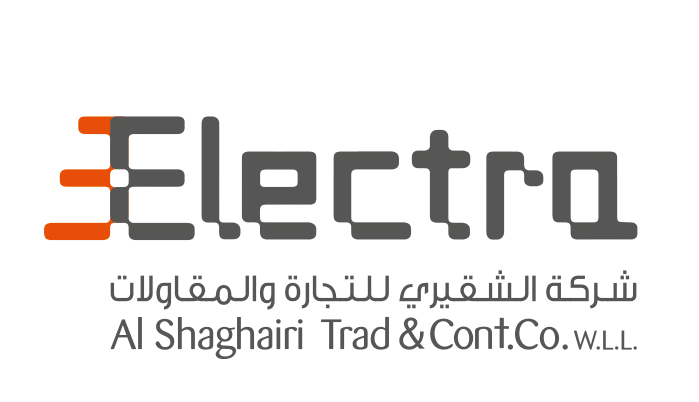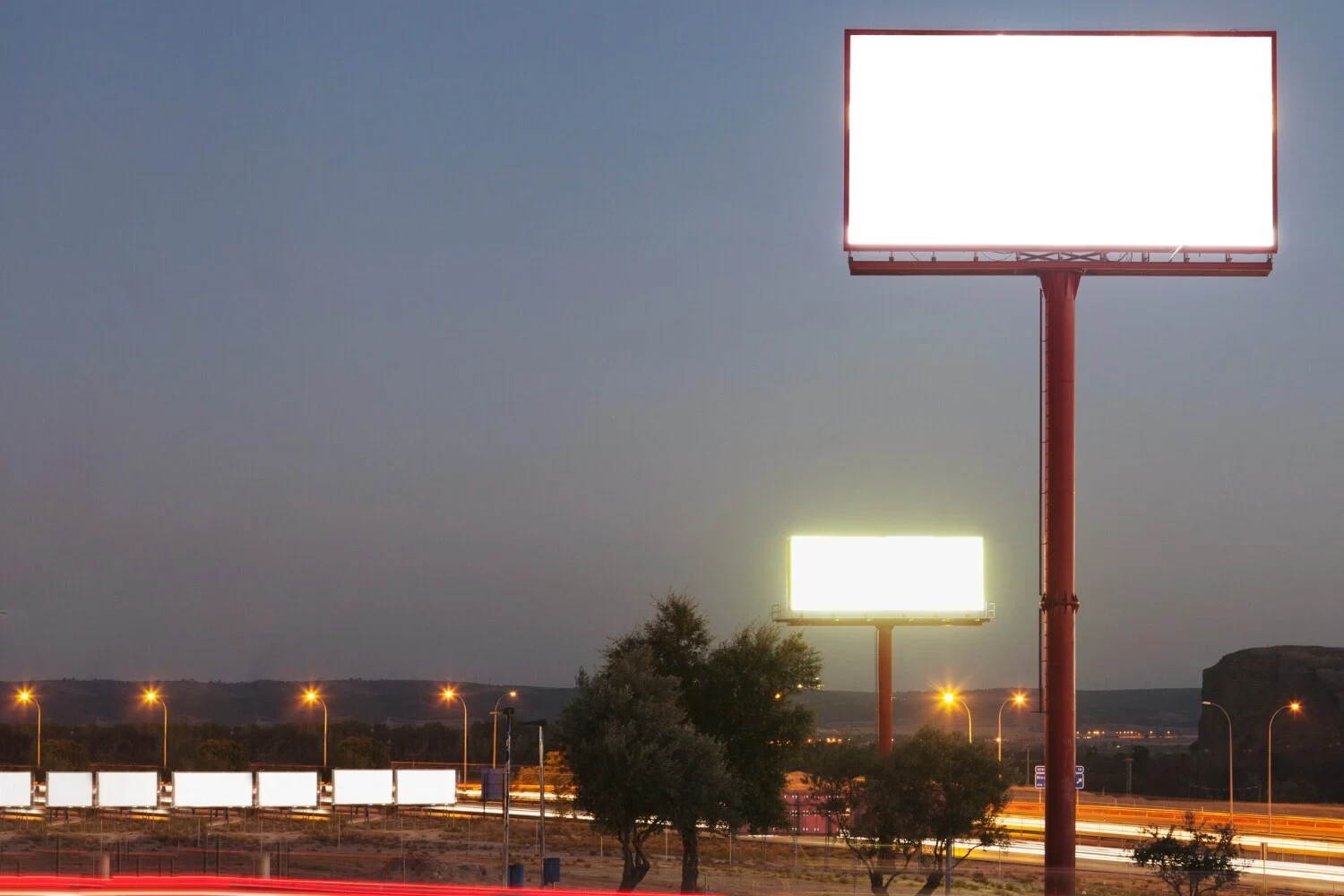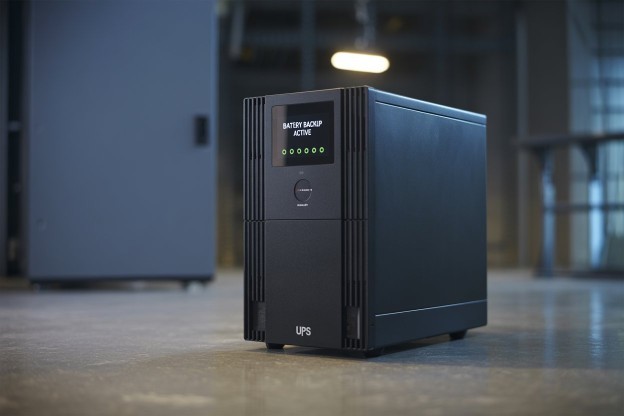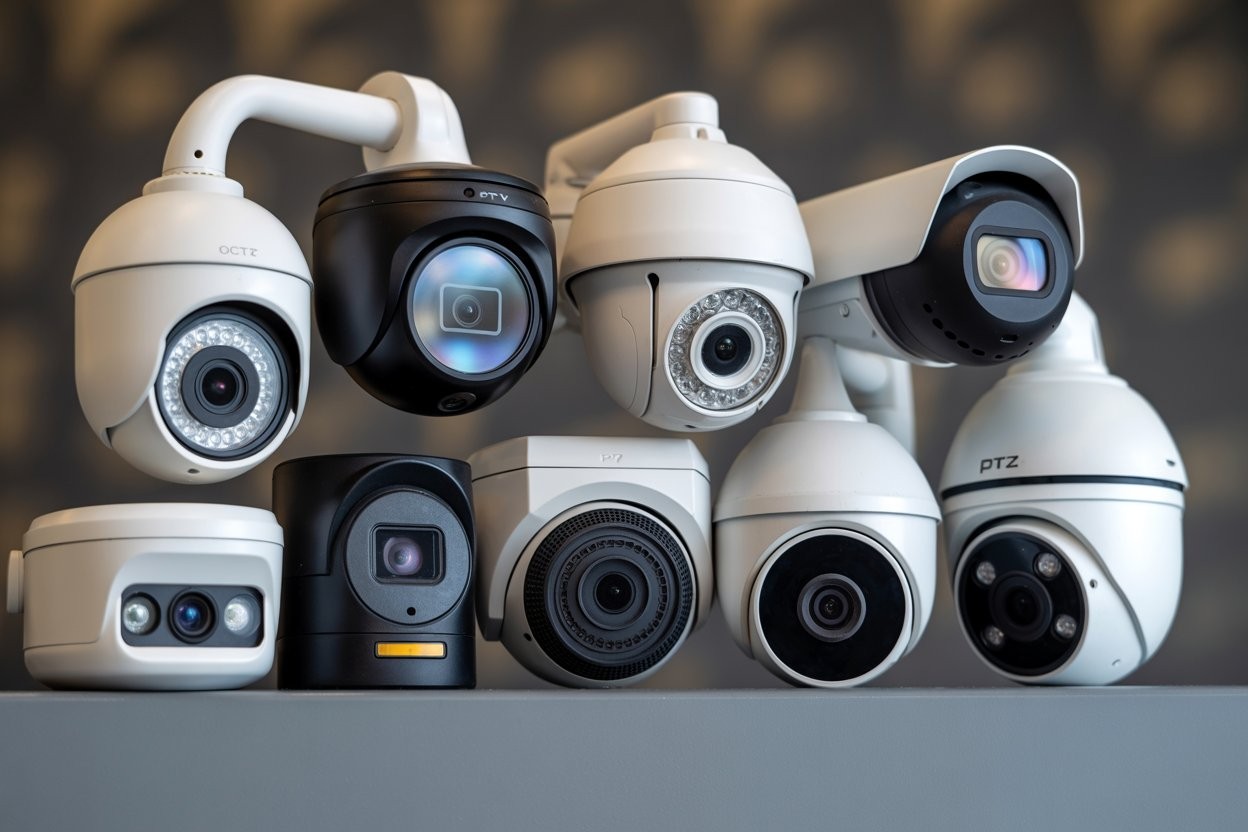When it comes to displaying information to a bigger audience and drawing their attention, LED screen displays are the most effective option. An LED display is a screen that uses tiny light-emitting diodes to display the document. The market for LED displays has grown exceptionally for good reason. They are a useful and instructive method of drawing in your target market and raising brand awareness. It's possible that you are acquainted with the most popular interior LED screen installation. These can be seen in movie theatres, hospitals, and other places where it's necessary to communicate with a big crowd. LED screens for outdoor use are equally efficient but serve various functions.
What is an LED Screen?
A flat screen display that uses light emitting diodes as video pixels is called an LED screen. They are ideal for larger, more expansive screens due to their high contrast ratios. The smallest unit of a picture is called a pixel. A pixel matrix is a two-dimensional row of pixels used in LED displays. A matrix with more pixels has a greater resolution on an LED display. Numerous businesses, including public transit, gaming, casinos, entertainment, movies, and many more, use LED displays.
Types of LED Displays
LED screen displays can generally be divided into two groups:
- Indoor LED Display
- Outdoor LED Display
Indoor LED Display
An electronic display panel that uses light-emitting diodes (LEDs) to produce images and content is referred to as an indoor LED display. It is intended for use in indoor settings like retail stores, malls, theatres, and conference rooms. The LED display is made up of tiny LED modules that are arranged into a pixel matrix to produce vivid, high-resolution images. With their superior brightness, contrast, and colour reproduction, these displays guarantee clear, vibrant images. They are frequently utilised for interior visual enhancement, advertising, information display, and entertainment.
Outdoor LED Display
Large electronic display screens made specifically for outdoor use are called outdoor LED displays. It produces vivid and bright images by using light-emitting diodes (LEDs). These displays are strong, resilient, and waterproof against inclement weather, direct sunshine, and fluctuating temperatures. Outdoor LED displays are frequently utilised for events, information for the public, entertainment, and outdoor advertising. They are a useful medium for drawing attention and spreading messages in outdoor environments because of their great brightness, broad viewing angles, and capacity to display high-resolution content.
Distinguishing Outdoor LED Displays from Indoor LED Displays
|
Feature |
Indoor LED Displays |
Outdoor LED Displays |
|
Environment |
Controlled environments, such as retail stores, offices, and homes |
Harsh environments, such as billboards, stadiums, and transportation systems |
|
Resolution |
Higher resolution for close viewing |
Lower resolution for viewing from a distance |
|
Brightness |
Less bright due to controlled lighting |
Brighter to compensate for sunlight |
|
Weatherproofing |
Not weatherproof |
Weatherproof and can withstand extreme temperatures |
|
Maintenance |
Less maintenance required |
More maintenance required due to exposure to the elements |
|
Cost |
Typically less expensive |
Typically more expensive |
|
Applications |
Retail displays, office signage, home theaters |
Billboards, stadium displays, transportation signage |
The following key characteristics can be used to differentiate between indoor and outdoor displays:
1. Brightness
The brightness power of LED displays is the most noticeable distinction. Compared to interior LED screens, outdoor LED screens are significantly brighter. It is difficult to see what is displayed on the LED display panels when direct sunshine is present. These outside screens are hence brighter. This is caused by several bright LEDs crammed into a single pixel on such kinds of televisions. These screens also have excellent UV and anti-reflective filters. It makes it possible for you to see or read during the day. The viewing effect is ruined if this brightness power is too high. LED screens for indoor use require less light. Their reduced exposure to bright daylight is the reason behind this. Thus, compared to an outdoor LED display, an interior LED display is less bright. The degree of luminance increases with brightness. The primary benefit of LED display screens is their clarity. In addition, close-up viewing is optimal for indoor LED displays. As a result, their pixel density is larger and their pixel pitch resolution is lower. On the other hand, outdoor screens can be viewed from a longer distance. They therefore have higher pixel pitch resolution and lower pixel density.
2. Resolution
An LED screen's main purpose is to be visually appealing, hence it should have good resolution. Furthermore, neither interior nor outdoor displays violate that requirement. On the other hand, indoor displays are more resolution-rich than outdoor ones. This is due to the fact that indoor displays contain more pixels per unit, or pixel pitch. Your resolution will increase with the number of pixels in your system. There is a purpose for this, though. Viewing distance has an impact on pixel pitch. An outdoor LED panel with a greater pixel pitch will result in an excessively clean screen that is difficult to focus on. Furthermore, the display will raise your expenses, making it impossible for you to recoup the cost.
3. Weatherproofing
Outdoor displays are made to endure a range of weather circumstances, such as rain, snow, dust, and changes in temperature. To shield the internal components from moisture and other environmental elements, they have waterproof casings and seals installed. Conversely, indoor displays are not made to survive these kinds of circumstances.
4. Installation
There are several ways to install LED displays, including wall-mounted, cantilever, inlaid, upright, standing, roof, mobile, arc, and other options, depending on the users' varied environmental circumstances. Convenient and straightforward indoor installation is available in a limited number of comparatively single types. On the other hand, installing an outdoor LED display is risky and challenging.
5. Cost
There are numerous elements that affect the cost of an LED display panel, starting with the material. The cost of the outdoor LED display screen will significantly vary depending on which materials are used in the same location. The second one is the screen's dot pitch. When the size remains the same, decreasing the point distance necessitates using more light sources, which inevitably increases the cost. The screen's size is the third. The price increases with screen size under the same point distance benchmark. There are numerous differences between indoor and outdoor LED display panels.
Conclusion
A number of aspects need to be carefully considered when selecting the ideal LED screen for your unique requirements. Determining whether the screen will be used indoors or outside is one of the most important considerations. There are clear distinctions between indoor and outdoor LED screens in terms of brightness, weather durability, and viewing angles, even if they both provide excellent images and energy economy. Electra is a leading supplier of LED displays in Qatar. We offer a wide range of high-quality indoor and outdoor LED displays to meet your needs. Our expert team can help you choose the right LED display for your project and provide you with the support you need to get the most out of your investment.






